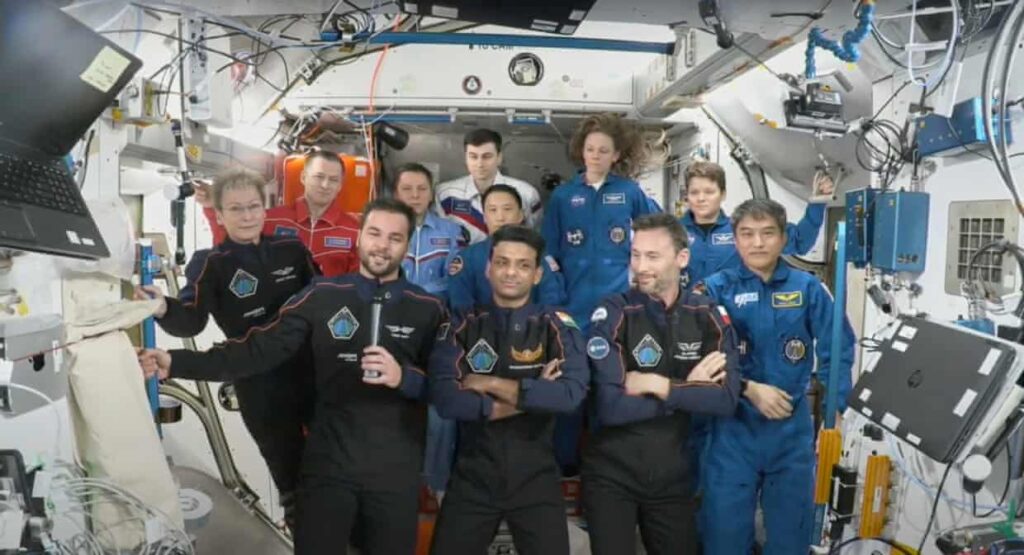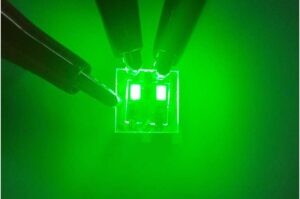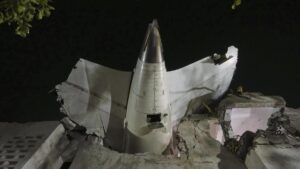
Four astronauts have departed the International Space Station (ISS) as part of their journey back to Earth. The crew, which includes members from NASA and the European Space Agency (ESA), boarded the Crew Dragon capsule, which is now en route to a scheduled splashdown in the Pacific Ocean.
The return flight commenced on October 3, 2023, marking the end of a mission that lasted several months aboard the ISS. The spacecraft is expected to parachute into the waters off the coast of California, allowing the astronauts to safely return to dry land.
The Crew Dragon capsule is designed for re-entry and landing, and its successful deployment plays a crucial role in the ongoing collaboration between international space agencies. This mission has not only advanced scientific research but has also strengthened partnerships in space exploration.
As part of their time on the ISS, the astronauts conducted numerous experiments aimed at understanding the effects of microgravity on various biological and physical processes. The data gathered during this mission is anticipated to contribute significantly to future long-duration spaceflights, including potential missions to Mars.
The return journey is part of NASA’s strategy to facilitate regular and safe travel to and from the ISS, enhancing human presence in low Earth orbit. The agency continues to emphasize the importance of international cooperation in achieving shared goals in space exploration.
Following a successful landing, the astronauts will undergo medical evaluations and debriefings before returning to their respective home countries. This mission, which showcases the capabilities of modern space travel, is a testament to the advancements made in aerospace technology and international collaboration.
As the world watches, the Crew Dragon’s re-entry will be a critical moment, marking not just the return of the crew but also a significant step in humanity’s ongoing journey into space.






